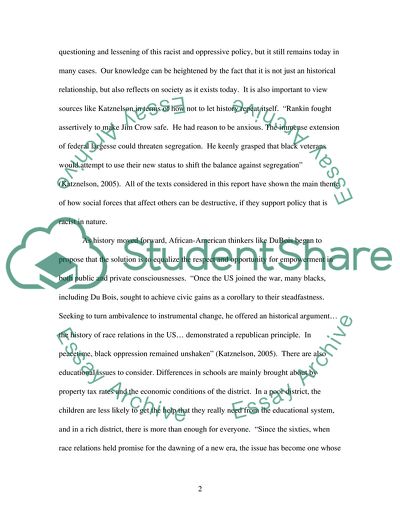Cite this document
(Strong Roots of Racism in the US History Research Paper, n.d.)
Strong Roots of Racism in the US History Research Paper. Retrieved from https://studentshare.org/social-science/1737387-racism-toward-african-americans-within-institutions-specifically-the-workplace
Strong Roots of Racism in the US History Research Paper. Retrieved from https://studentshare.org/social-science/1737387-racism-toward-african-americans-within-institutions-specifically-the-workplace
(Strong Roots of Racism in the US History Research Paper)
Strong Roots of Racism in the US History Research Paper. https://studentshare.org/social-science/1737387-racism-toward-african-americans-within-institutions-specifically-the-workplace.
Strong Roots of Racism in the US History Research Paper. https://studentshare.org/social-science/1737387-racism-toward-african-americans-within-institutions-specifically-the-workplace.
“Strong Roots of Racism in the US History Research Paper”, n.d. https://studentshare.org/social-science/1737387-racism-toward-african-americans-within-institutions-specifically-the-workplace.


